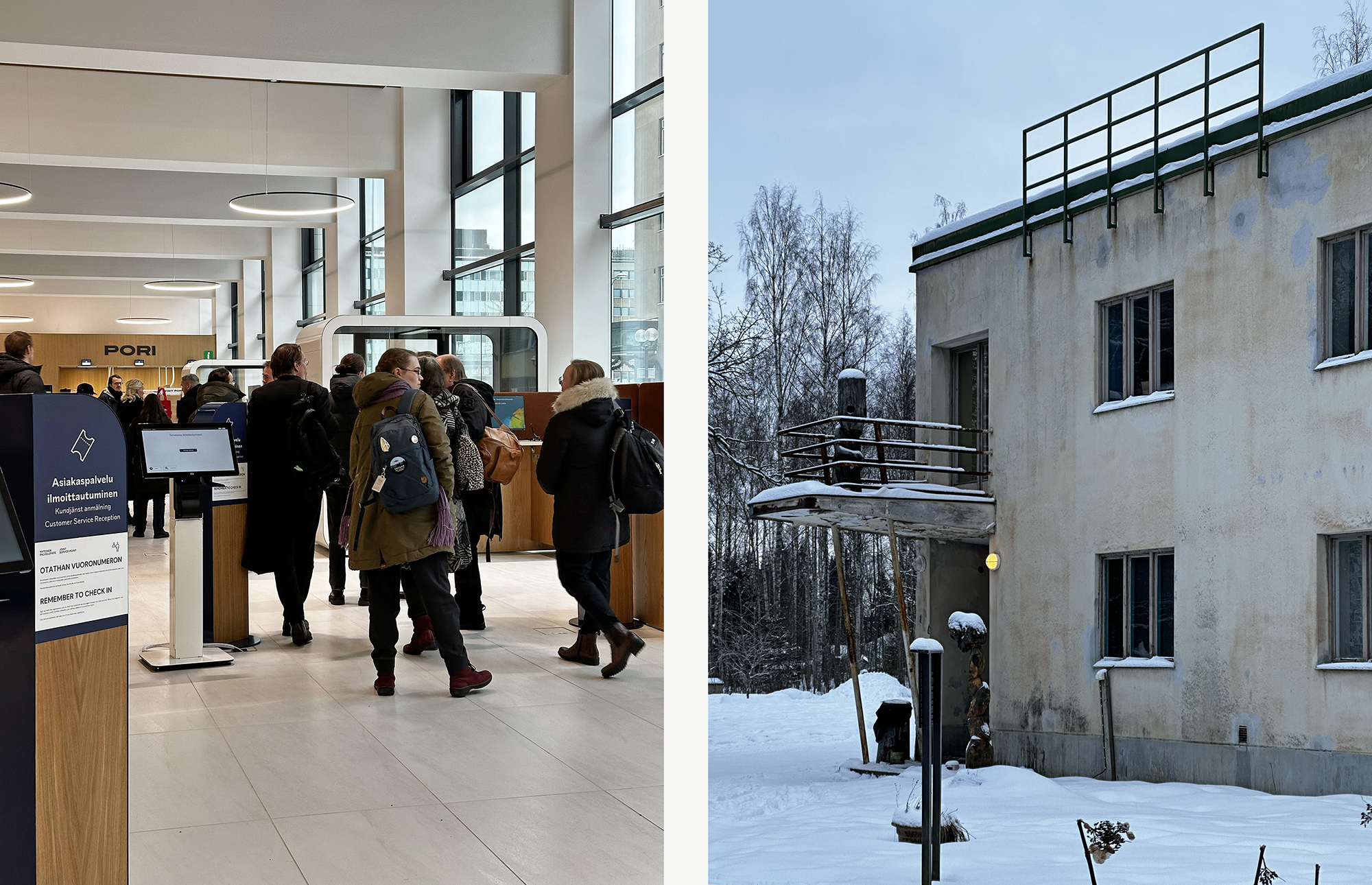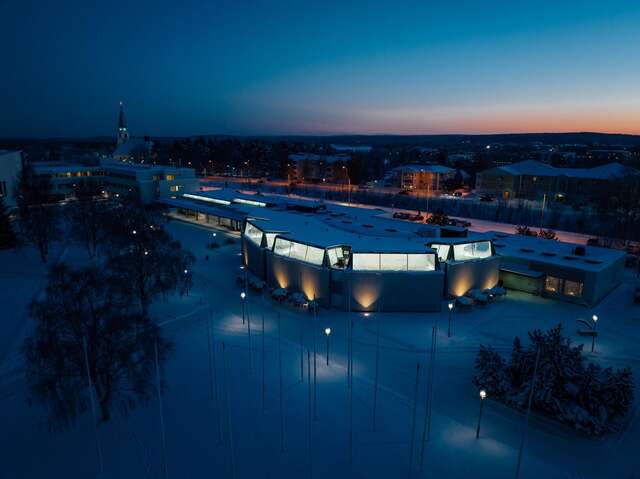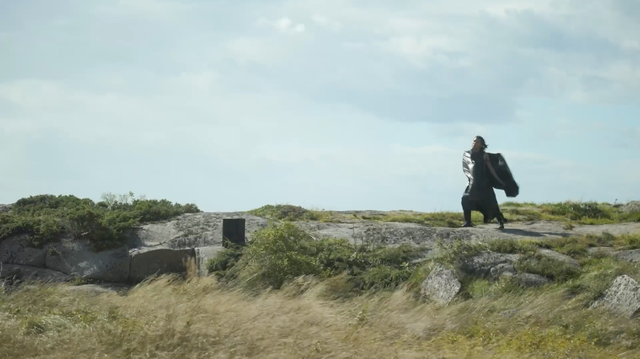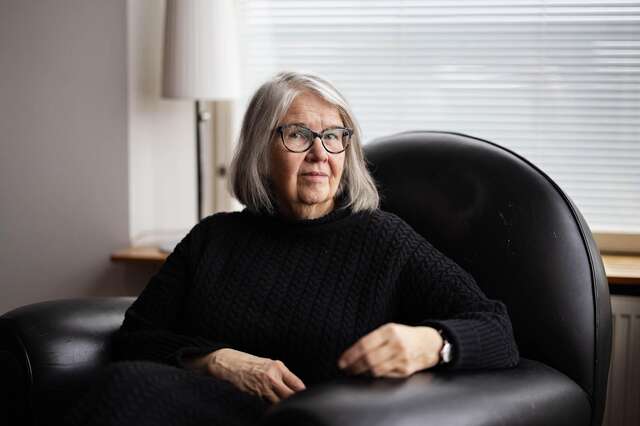Hope of salvation – Preservation of the Pietiläs' abandoned masterpiece is progressing
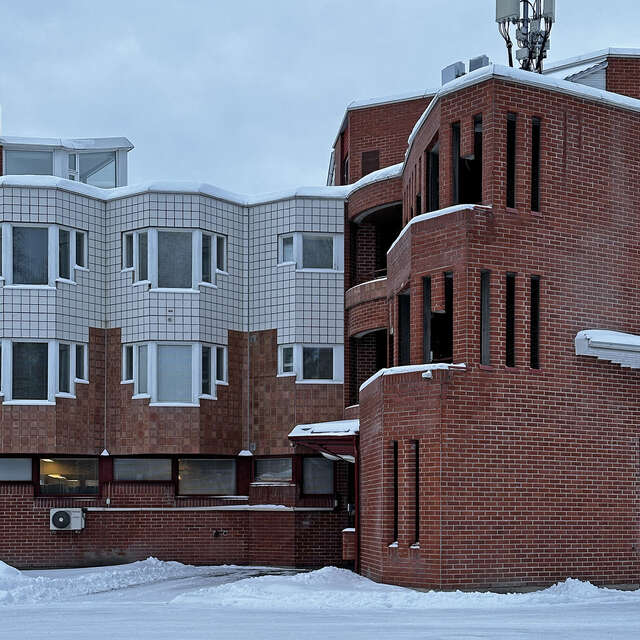
Miina Jutila
Pori is home to an architecturally exceptional building, the future of which is a matter of great concern for local residents and lovers of architecture alike. Himmeli, designed by the architect couple Raili and Reima Pietilä, impressed Archinfo trainee Henrik Hynninen and made him think about the building’s future.
In Pori’s Vanhakoivisto suburb, a former senior centre sits empty. There have been no residents there for years. The atmosphere created by the abandoned rooms and halls is eerie, especially when wandering alone in the building's dark corridors. Stacks of Finnish quality furniture, some designed specifically for this building, can be seen everywhere.
The large complex inspires a sense of awe, for despite its current dormant state, the building is an impressive work of art. When the caretaker turns on the lights, the building instantly becomes warm and cosy.
I am talking about the Himmeli service centre, which, together with the adjacent Taikurinhattu kindergarten, is one of Raili and Reima Pietilä's most significant late works. When the complex was completed at the end of 1989, it provided a new home for 120 elderly people as well as other services for the local seniors.
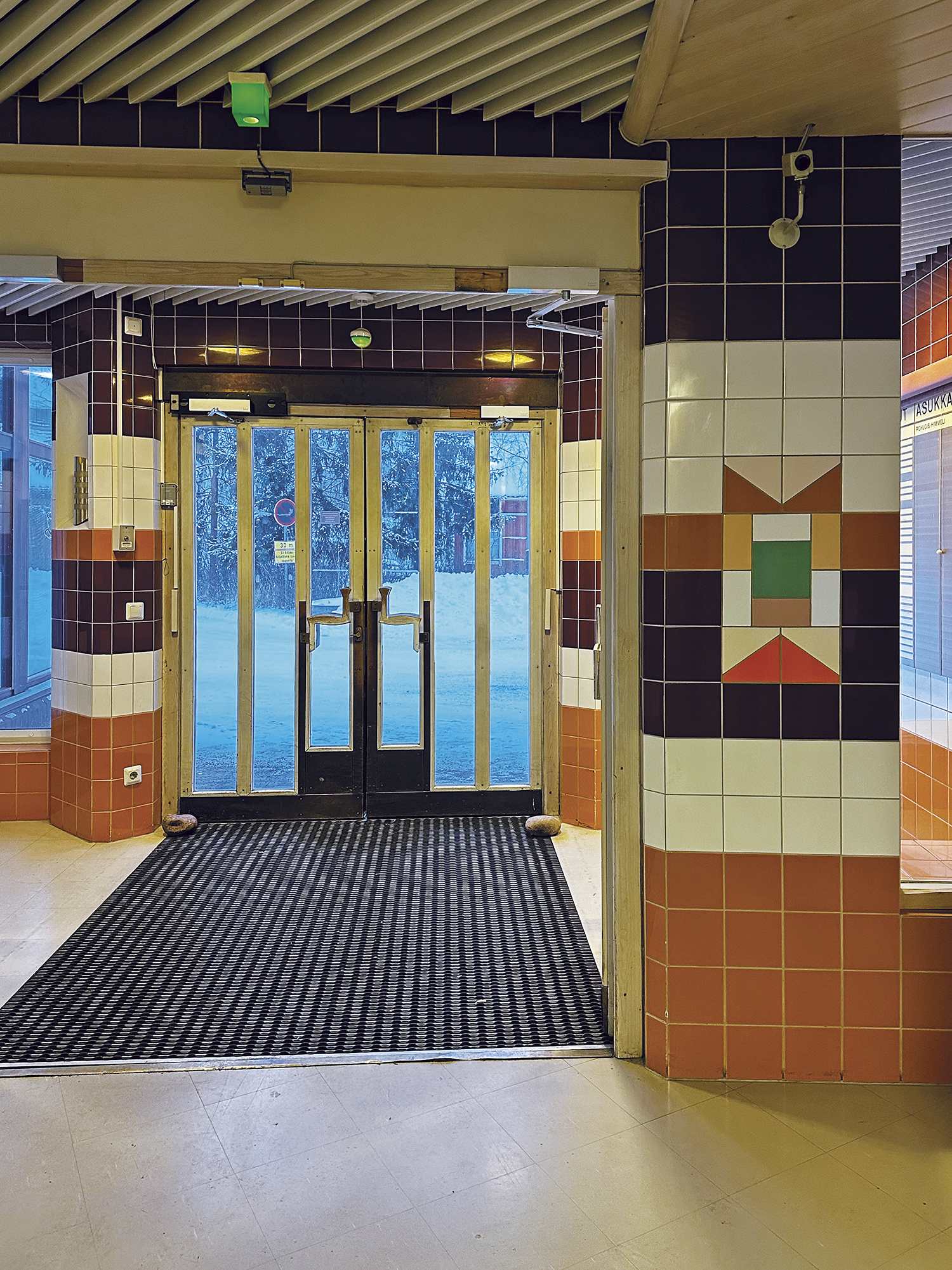
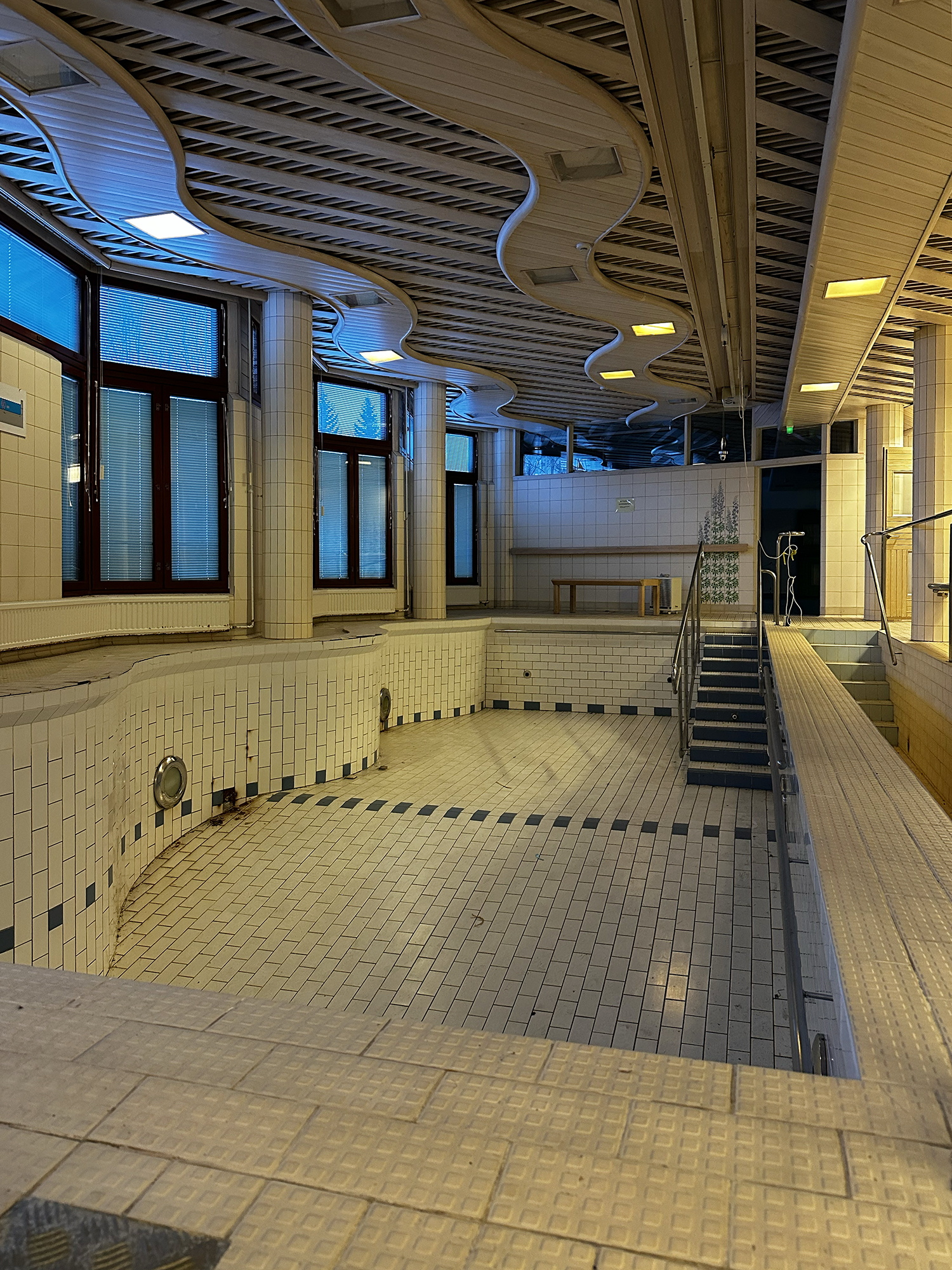
The fate of Himmeli has been a topic of discussion in Pori since 2014, when it was reported by media outlets that the city might sell the building to private parties due to the city's weak financial situation. In 2019, Himmeli’s fate was sealed when the City of Pori announced the closure of the senior centre and four other elderly care units. In 2021, the last residents moved out, after which the building has only had temporary use as a training area for the police and the armed forces, among others.
As I reflect on the past daily life of Himmeli, I can well imagine the numerous warm-hearted activities in the lounges, which, together with the building’s spacious central part, were open for communal chores and socialising. They were the building's communal heart. Himmeli offered its residents various services such as foot treatments, hairdressing and massages. There was a library, sauna and swimming pool facilities, music listening rooms and roof level green rooms. There was even a dance floor.
A direct connection from the senior centre to the neighbouring daycare centre Taikurinhattu, completed five years before Himmeli, allowed different generations to interact and for children to visit their grandparents. Himmeli's garden, designed by landscape architect Maj-Lis Rosenbröjer, was an essential part of the whole. Thus, the building provided a wealth of stimuli for everyday life, which can help keep the mind energetic.
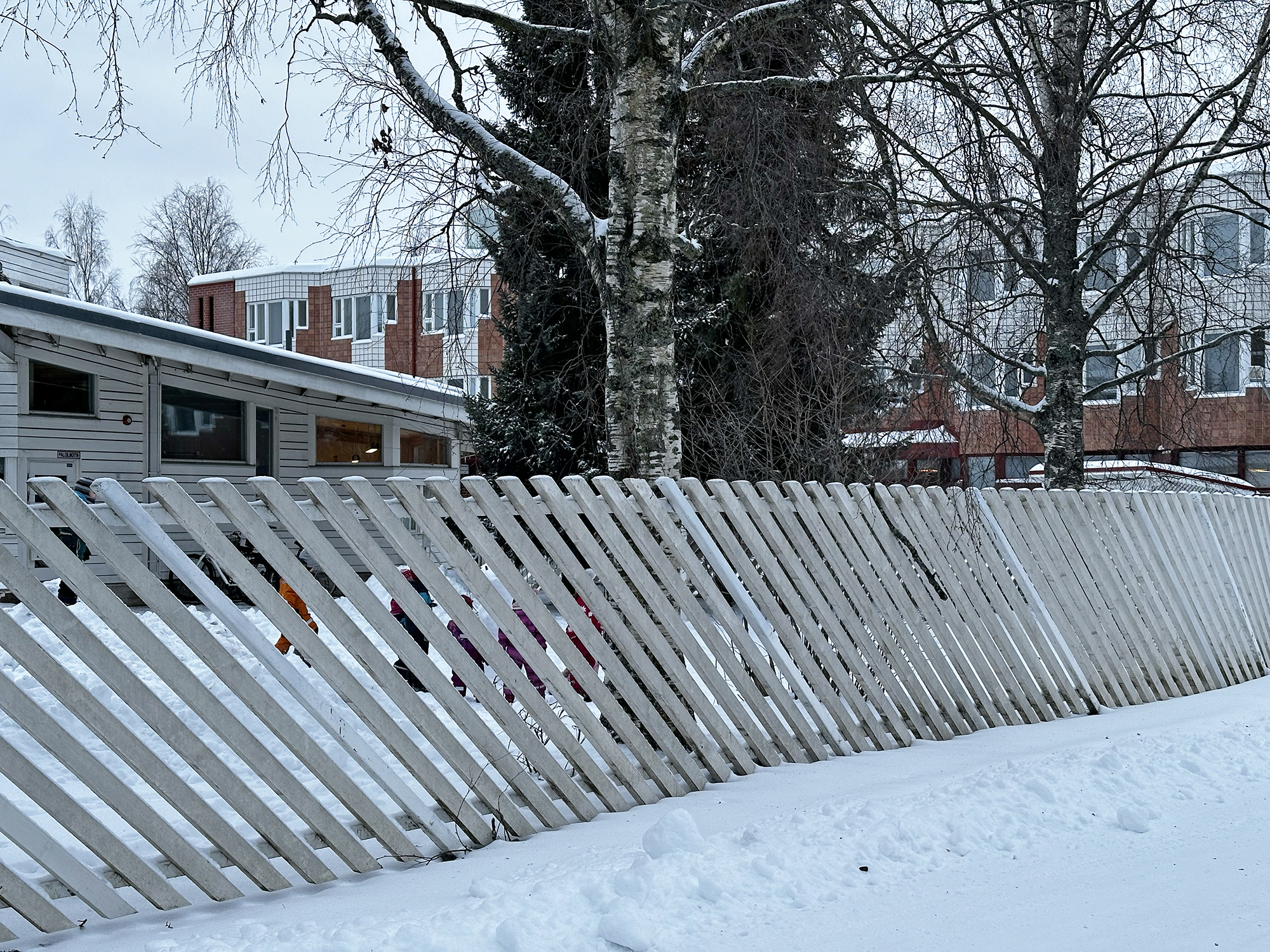
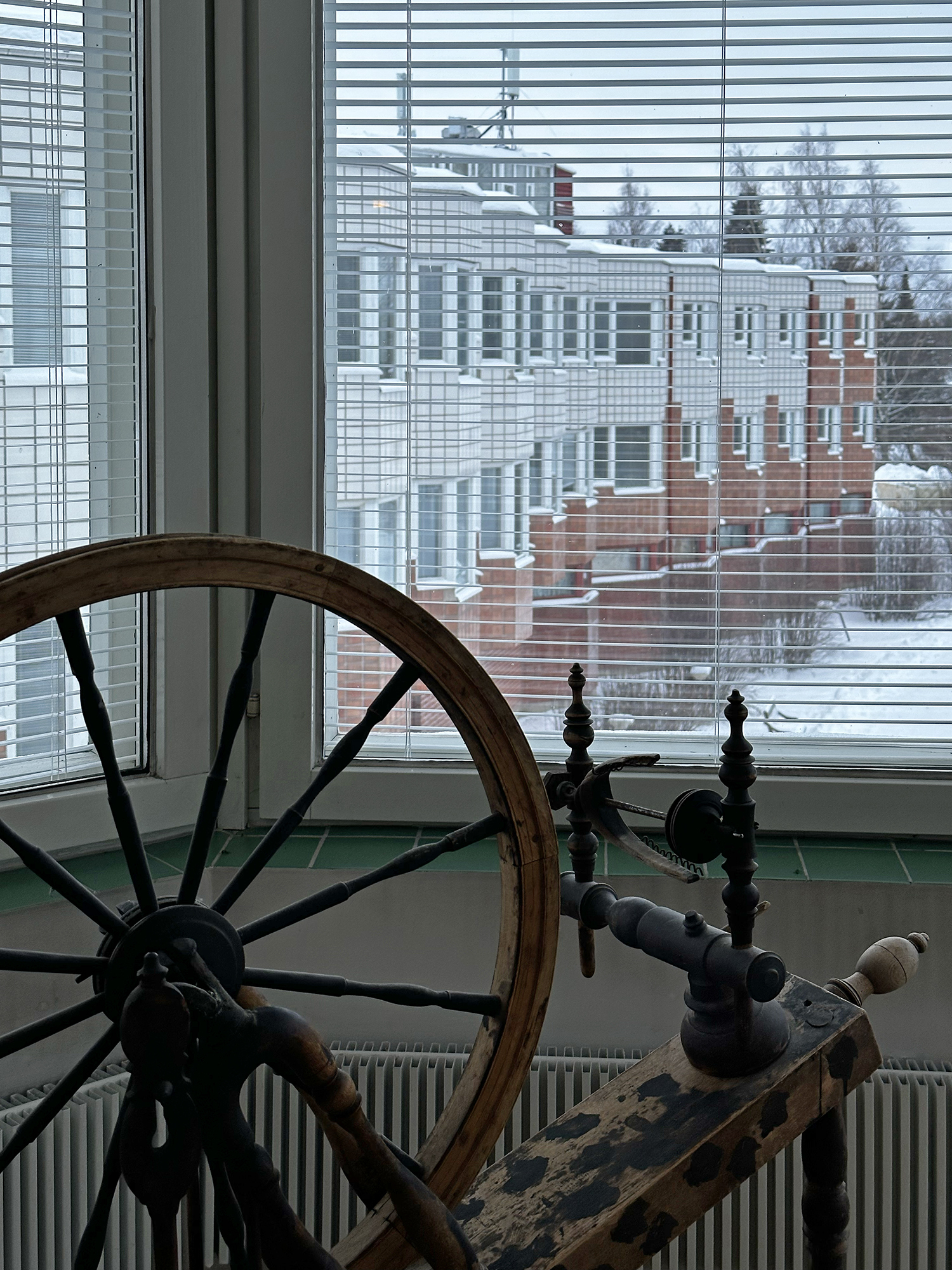
Raili and Reima Pietilä presented Himmeli in the 8/1989 issue of the Finnish Architectural Review. They described their design goals as creating a homely atmosphere while avoiding institutionalism. Along the corridors running through the extensive building, they planned nooks, crannies and lounges with fireplaces where the elderly could meet their fellow residents.
The building’s colour scheme was intended to support the individuality of the spaces, making it easier to navigate within the large complex. Himmeli's exceptionally beautiful stairwells feature unique lighting fixtures, comfortable landings and benches for resting. The stunning stairwells were designed to serve as a motivating factor for daily stairway exercises.
So, at the heart of it all was the user, whose life in the service centre could be improved by many small but meaningful solutions. Despite the regulations of institutional buildings, the architects were able to create a strikingly diverse complex combining comfort, individuality and community.
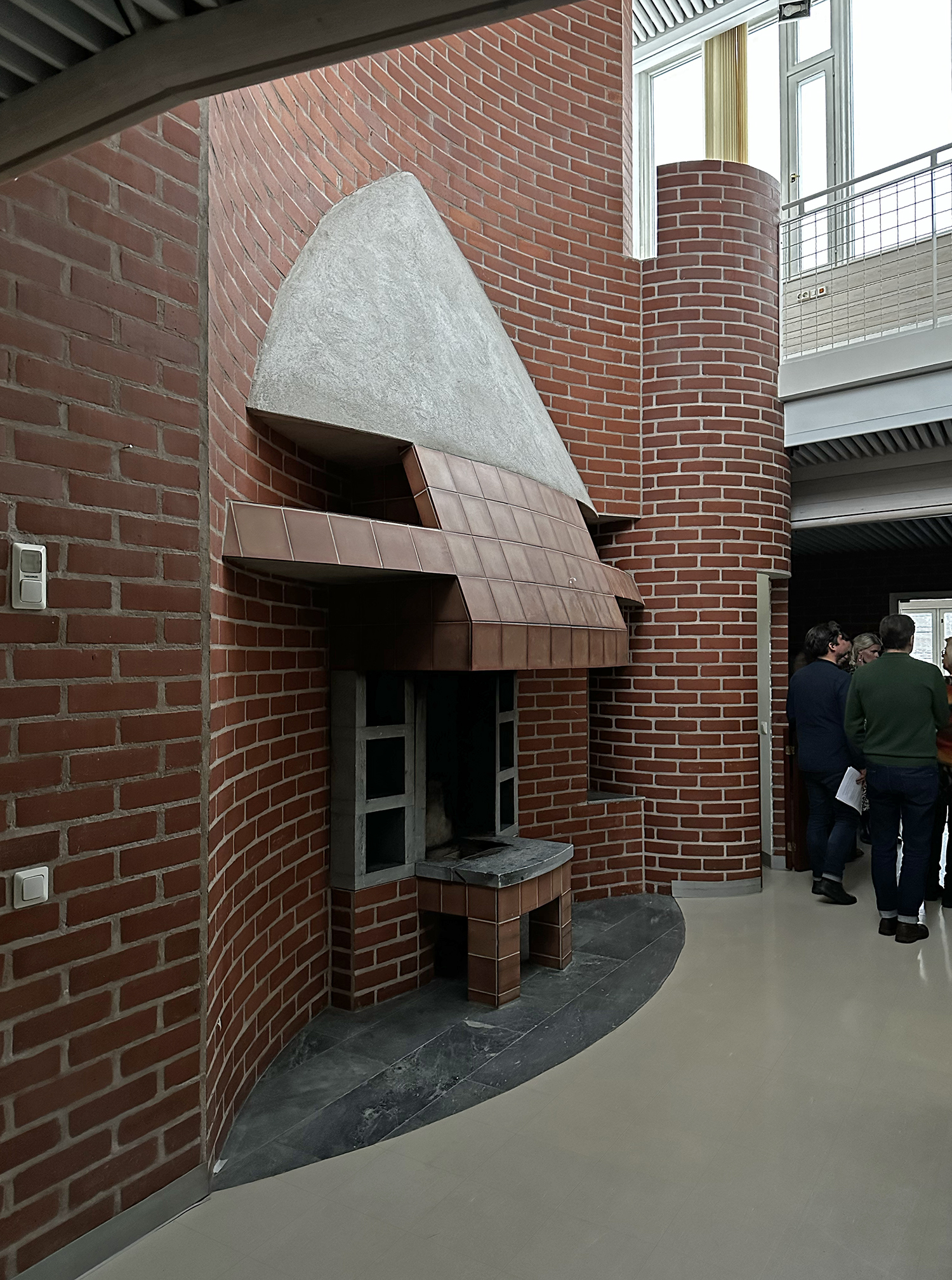
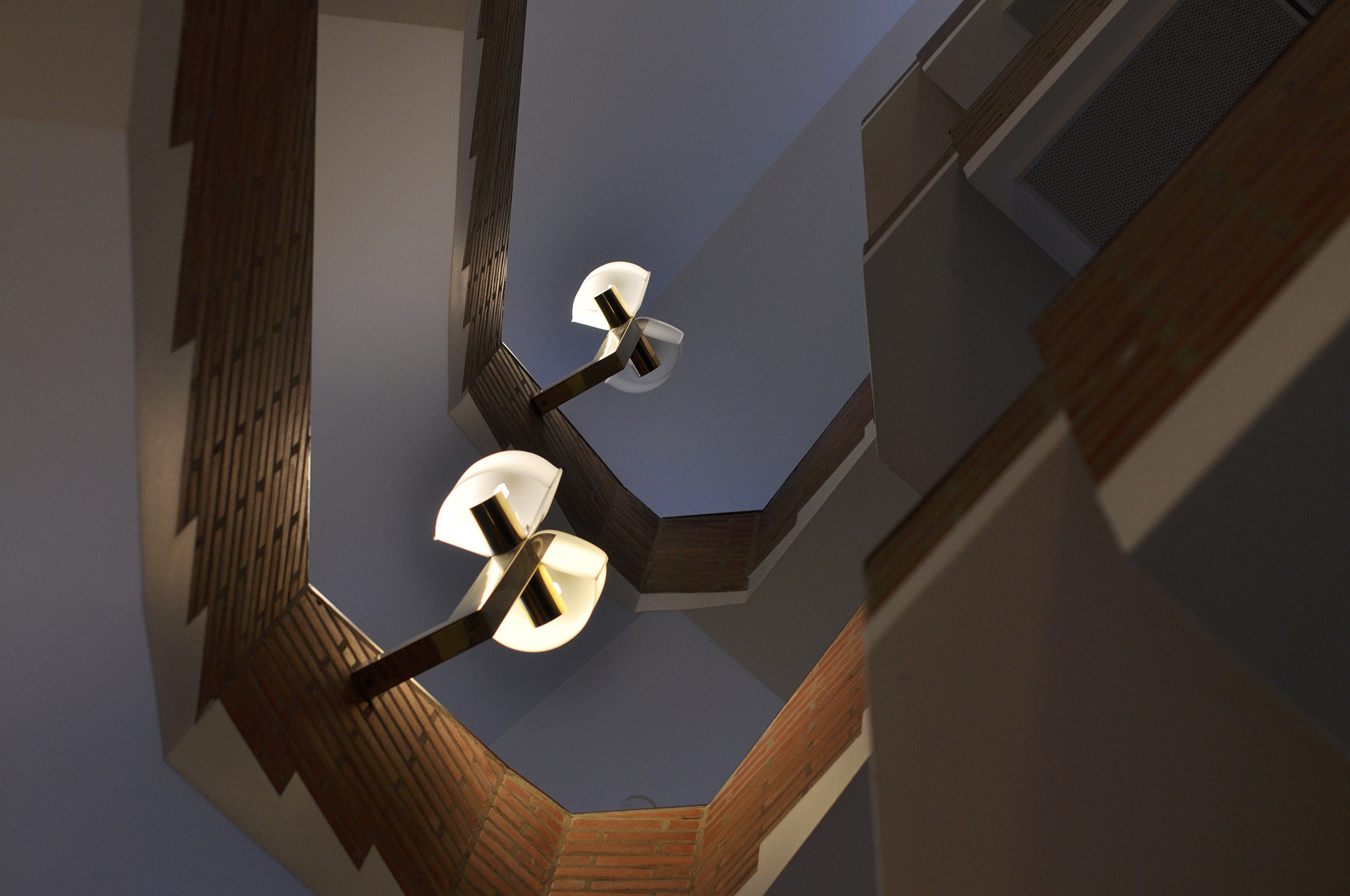
Architect Kristo Vesikansa has carried out a building history survey of Himmeli and Taikurinhattu, and in a recent interview with the Finnish Broadcasting Company Yle, Vesikansa, who currently works as editor-in-chief of the Finnish Architectural Review, said how interesting it is that the Pietiläs were able to create entirely new solutions in this type of an everyday building design task. Link to the Finnish language Yle story.
Despite all these admirable features, the building is currently without use. One can’t help but wonder what the future holds for Himmeli. What could it be?
It is clear that the building faces significant challenges that will not be easy to solve. Since the closure of the retirement home, the City of Pori has commissioned condition surveys according to which the estimated cost of renovation and alterations is almost €20 million. Maintaining the building, even when empty, costs the city around €230,000 per year.
Satakunta Wellbeing Services have stated that they have no use for the building. This has prompted the city's decision-makers to consider new ideas for its use. There have been suggestions from all sides, from a meeting place for older people and a health centre to an asylum shelter. None of the plans have yet reached the implementation stage.
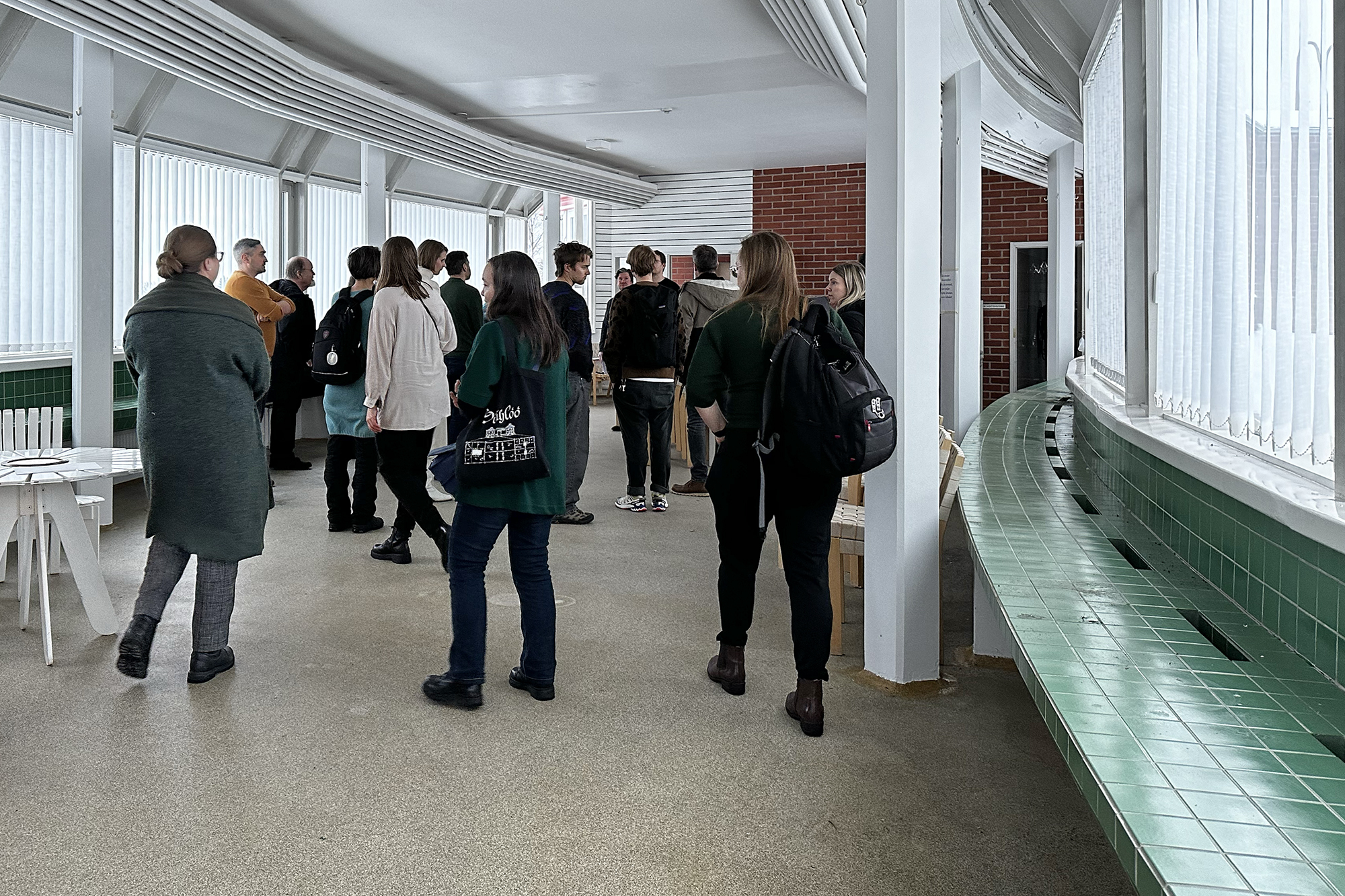
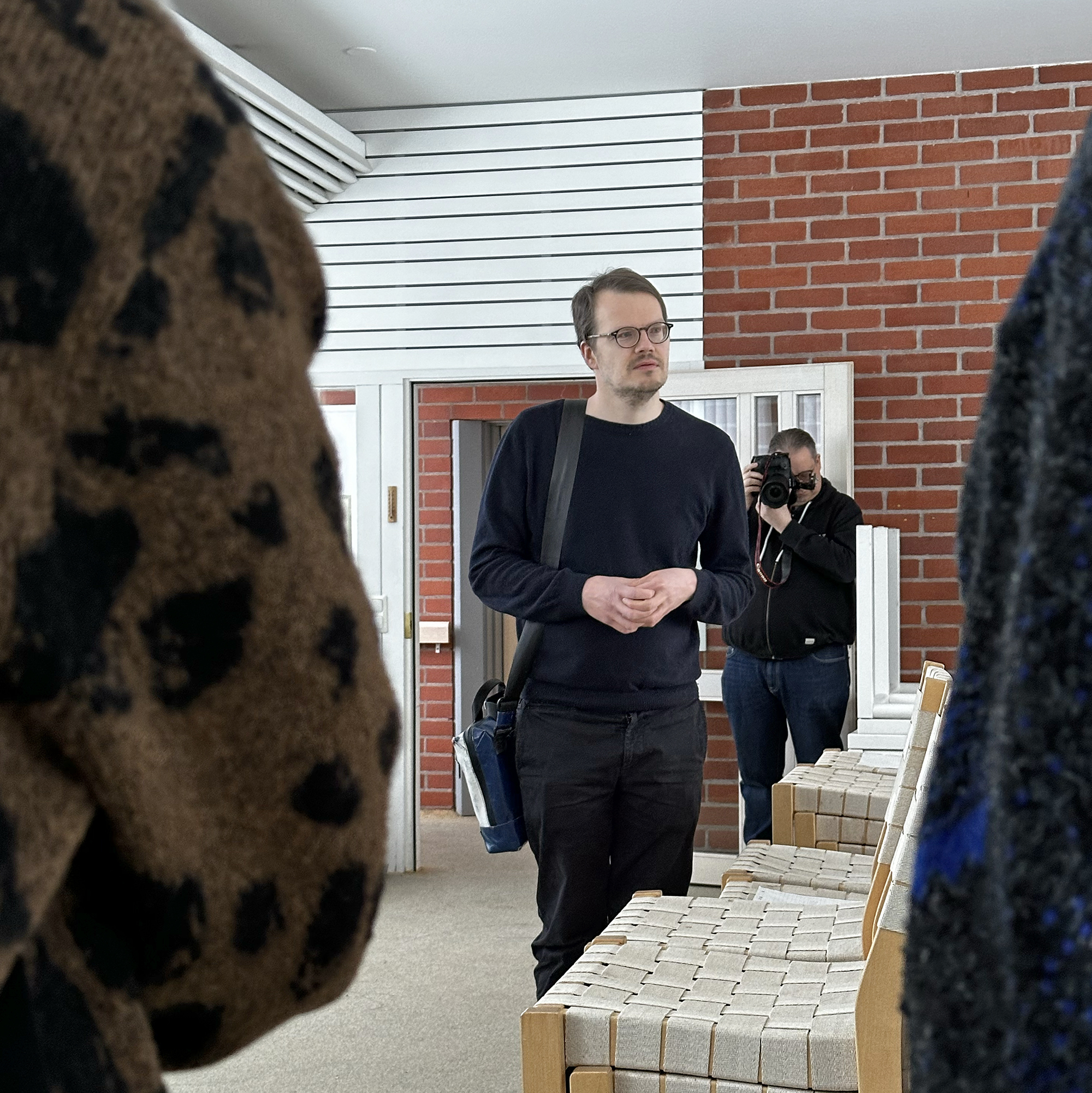
As Himmeli has been without use for several years, there are fears that the building may one day be condemned for demolition. Having now visited the building and seen it with my own eyes, the question arises: Can Pori afford to lose something so valuable? Despite being empty, the building seems to be in surprisingly good condition, so the challenge seems to be maintaining and developing a valuable building for a new purpose. Can the building still be saved?
Fortunately, there seems to be light at the end of the tunnel. Local people have actively fought for the future of Himmeli, and the Regional Council of Satakunta and the Museum of Finnish Architecture have made statements emphasising the architectural values of the building. Satakunnan Kansa daily newspaper and Yle have reported on the various developments concerning Himmeli, showing that the media are also interested in its future. In the summer of 2022, Southwest Finland’s Centre for Economic Development, Transport and the Environment (ELY) initiated a preservation procedure.
Some days after our visit in January, it was reported that, thanks to several favourable opinions from the authorities, the conservation plans for Himmeli and Taikurinhattu are moving forward. Only a statement from the City of Pori is still awaited. The ELY Centre aims to have a preservation decision by early summer 2024. Indeed, there are reasons for hope.
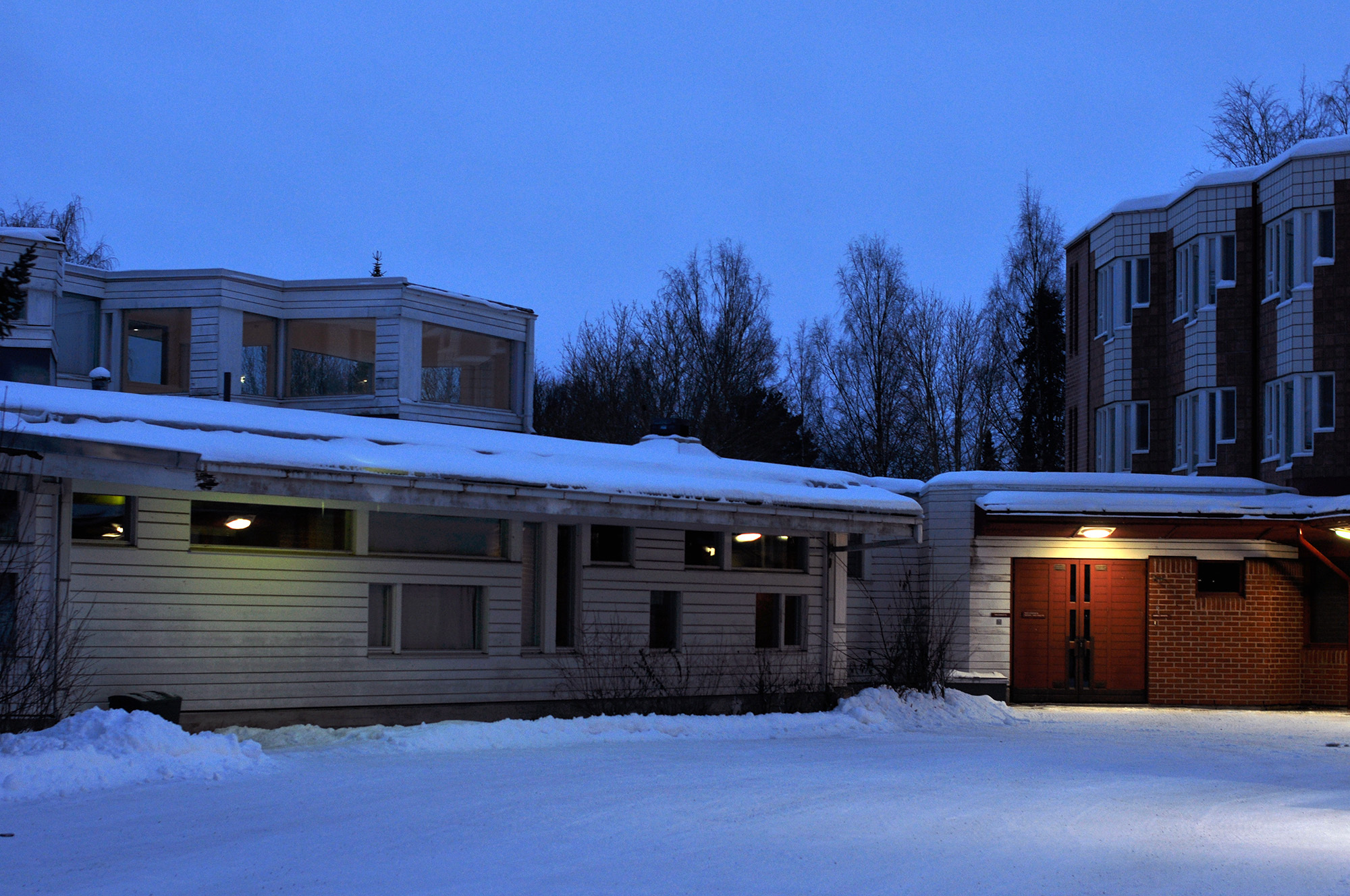
On 17 January 2024, Archinfo, together with the City of Pori, Arts Promotion Centre Finland and the Satakunta Museum, organised an architecture theme day in Pori, which included visits to Himmeli and two other conservation-related excursion sites.
In the city centre, Porin Leijona, a former post office building from 1967, was converted last year into a joint city and state office building. On the eastern perimeter of the city, the former shortwave station, a handsome but run-down functionalist building from 1940 and designed by architect Hugo Harmia, has become an attraction for its grassroots cultural activities.
The day ended with a discussion at the Satakunta Museum titled "Pori Yesterday, Today and Tomorrow - Living Architectural Heritage and the Potential of Local Architecture". A link to the Finnish language stream can be found on the Satakunta Museum's YouTube channel.
